Business
Motorcycle Makers Shake Up Designs to Draw New Riders
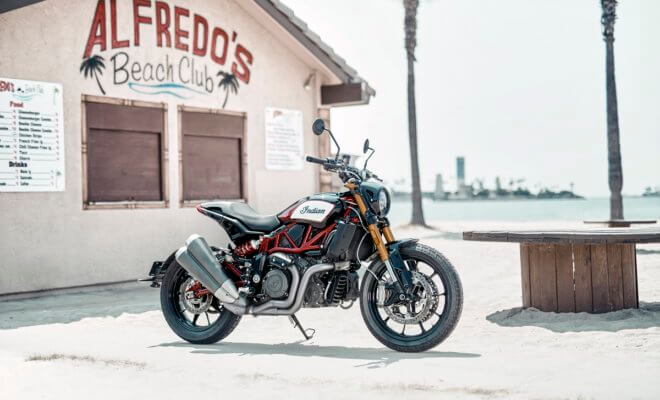
The Indian Motorcycle FTR 1200, inspired by county-fairgrounds racing machines.
Photo: Indian Motorcycle via The New York Times
Motorcycle makers all over the world, such as Indian, Ducati, Husqvarna and Royal Enfield, are taking daring leaps with designs.
A surfer-meets-biker festival in Biarritz, France, was an unlikely backdrop for the United States’ oldest motorcycle maker to showcase its latest handiwork.
But that is where, in June, Indian Motorcycle made the announcement that a one-off design concept, inspired by county-fairgrounds racing machines, would become a production model.
It was a sign of just how profound a departure in strategy this new model, the FTR 1200, would be.
The bike, the road-going derivation of a machine trouncing all comers on the dirt ovals of the American Flat Track racing circuit — and revealed in showroom-ready form Monday at the Intermot industry show in Germany — is an acute change of course for Indian, whose retro-flavored cruisers and Deco-kissed touring machines have revived the company.
Indian, based in Minnesota, is not alone among motorcycle makers in taking a daring, and perhaps unexpected, leap with its designs. Ducati, based in Italy, has hit pay dirt with its out-of-character Scrambler, introduced in 2015 (and now stretched to a sub-brand), which expanded the company’s portfolio beyond muscular sport machines.
Likewise, Husqvarna Motorcycles, a Swedish motocross legend now resettled in Austria, has branched out with a range of lithe, futuristically styled bikes. Even Royal Enfield, a British expat built in India, is moving beyond its frozen-in-time single-cylinder models to 650cc twins, updated to the profile of beloved European classics.
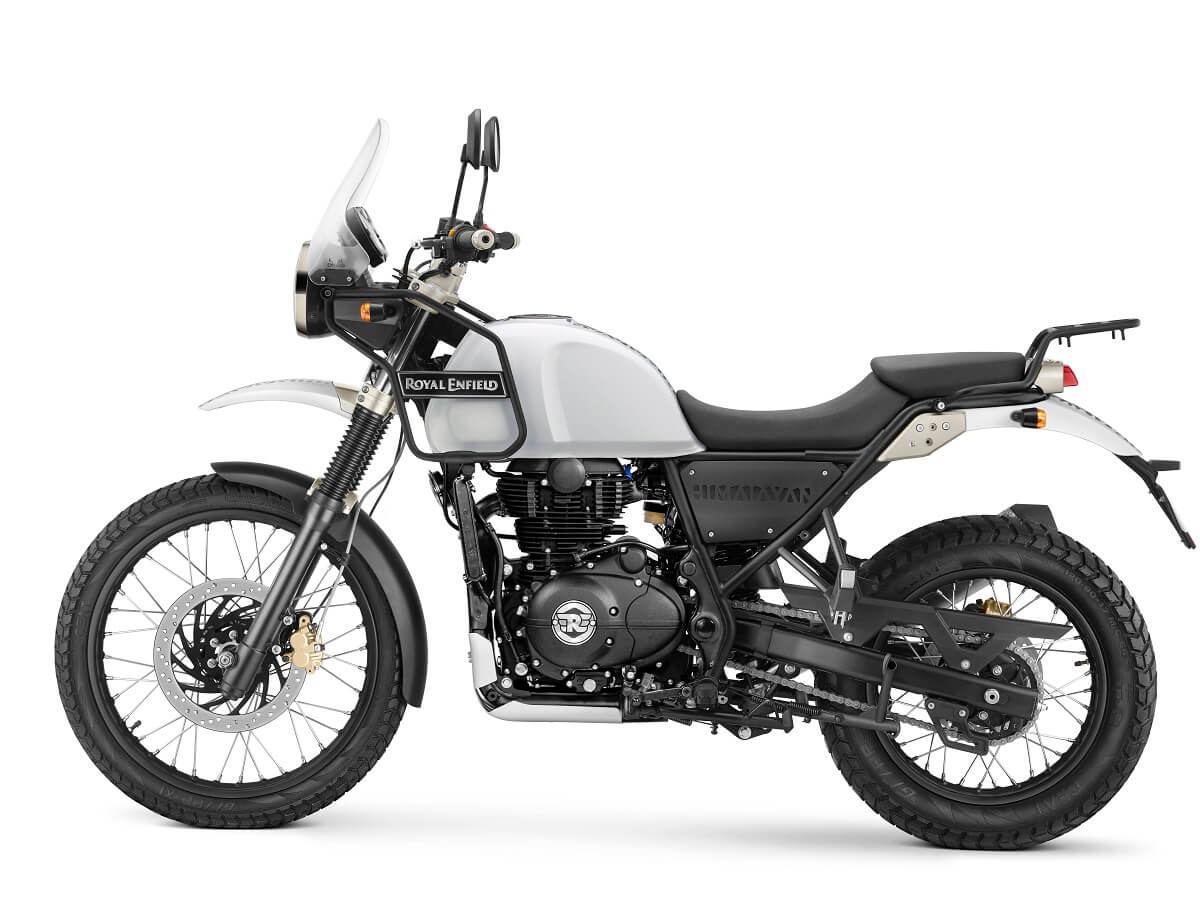
The Royal Enfield Himalayan. The simplicity is appealing to new riders, and the pricing undercuts competitors. Photo: Royal Enfield via The New York Times.
The production version of Indian’s FTR 1200, scheduled to go on sale in the first half of 2019 and start at $13,000, tempers the racetrack-raw stance of the show bike with styling that carries a measure of European influence.
Under Polaris, its corporate parent, Indian will keep making easy-chair classics, adding the FTR as a growth opportunity and a vaccine against market headwinds in the United States. There, mounting prices for raw materials, retaliatory tariffs and the uncertain future of trade agreements are only the latest concerns buffeting motorcycle marketers.
A more vexing challenge for the industry is a decadelong sales slump — blame the indifference of millennials or the worn-out knees of boomers, but those are far from the whole story — that has defied repeated attempts to reverse the showroom stagnation.
Manufacturers from around the globe have reaped little but frustration from their efforts to awaken the U.S. market, especially for models with larger engines, where the greatest profits lie.
Busting through the 200-horsepower mark made for great headlines but did not jolt sales. Nor did a turn toward dark and gritty images of “urban” culture, expressed both in stripped-down models called bobbers and a faux-practical species known as baggers. A flood of all-terrain offerings called adventure bikes, the SUV of the two-wheel world, propped up interest but seemed mostly to steal sales from other categories.
Pitted against the reality of demographics — specifically, the aging-out of riders — are ambitious safety training programs for young riders. In addition, new models with smaller engines are arriving from almost every brand, even heavyweights like BMW and Harley-Davidson. Less intimidating because they are lighter, the lower-price recent entries are intended to expand the market, with a particular aim of attracting women.
Still, the stubborn sales figures suggest, practical appeal will go only so far. In the United States, where bikes are primarily warm-weather recreational vehicles, the attraction must be more emotional, something Indian hopes its FTR 1200 will fulfill. Though the FTR is unlike any current Indian, the company’s director of product design, Ola Stenegard, said that in his view the brand’s storied racing heritage offered it free rein.
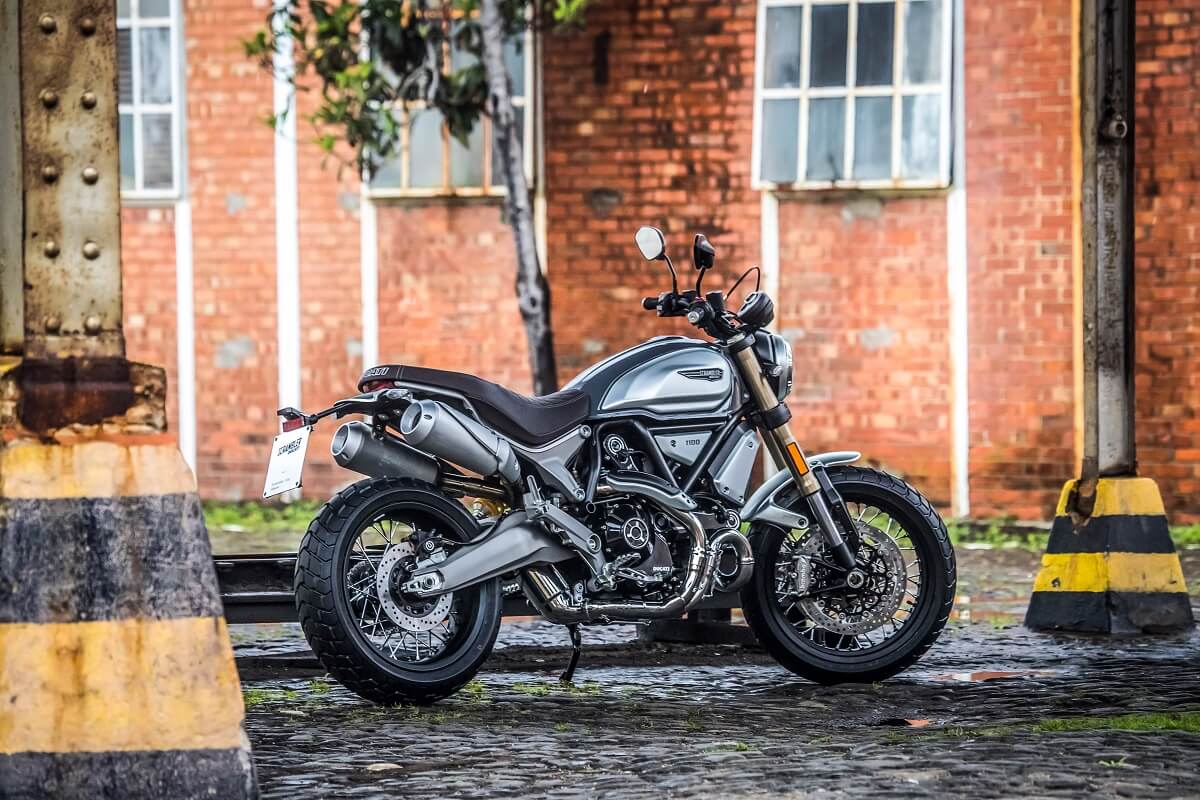
The Ducati Scrambler 1100. The Scrambler line has been a hit, with 75 percent of the buyers being new to Ducati. Photo: Ducati via The New York Times.
“It’s not like Jeep trying to do supercars,” he said. “Indian can go anywhere.”
Stenegard, who came to Indian from BMW this year and brings a deep understanding of the “builder” customizing movement, foresees the FTR’s style winning acceptance in Europe, despite its American reference point as a flat-track racing bike. “It’s a whole change of clientele — riders who want the coolest bike and have moved beyond the passing trends,” he said.
Calling on brand legacy has worked magic for Ducati as well. With a reputation built on its supersport road bikes, the company, now under the wing of Audi, took a long shot on bringing back the Scrambler nameplate, created in the 1960s for the U.S. market.
In the classic style of off-road motorcycles — high-mounted exhaust pipes, generous ground clearance, an air-cooled engine — the Scrambler is a home run, with 75 percent of the buyers being new to Ducati, and the line, including models with engines of 400, 800 and 1100cc displacement, accounting for a quarter of the company’s sales.
Breakthrough models like the Scrambler are not necessarily the result of market research, Ducati CEO Claudio Domenicali said, emphasizing that the Scrambler is a “post-heritage” statement rather than retro. “When we try to follow the competition, we’re not successful, so we look at what’s available and we invent products.”
That formula is evident in the Scrambler’s image-conscious look. The bikes — 11 variations are offered in the United States — use Ducati’s V-twin engine but do not copy the sherpa-like utility trimmings of adventure bikes.
Triumph, among others, offers approximate competitors, but the notion of a throwback gravel-road specialist is clearly expressed by the Scrambler’s elemental appearance and vintage paint scheme.
If established makers like Indian and Ducati, each managing to grow despite market headwinds, are taking gambles with buck-the-trend designs, then Husqvarna seems to be betting the farm in the direction it has staked out with the Svartpilen and Vitpilen — for Black Arrow and White Arrow — road bikes.
No longer tied to the nameplate once known best in the United States for its chainsaws and snowblowers, Husqvarna’s nimble, narrow-waisted single-cylinder machines use engines of 373cc or 693cc from KTM, its corporate parent.
The styling was done by Kiska, an Austrian studio whose work is also seen on products from Audi, Adidas and Zeiss.
The visuals are best described as disruptive: a sculptural postindustrial theme, with mechanical bits so boldly exposed that the popular classification as a “naked” bike does not serve. The use of a steel-tube trellis frame is not radical, but components like the swingarm, handlebars and rear fender are consciously stylized with an eye on appealing to a younger audience, reawakening the tribal motorcycle culture that diminished as bikes became more complex and costly.
“The look and feel represent a Scandinavian approach, an alternative to the mainstream,” Gerald Kiska, founder and chief executive of the studio, said of his intention to “design desire.” The target buyer, Kiska explained, is looking for a machine that “touches the heart and brain as an art piece.”
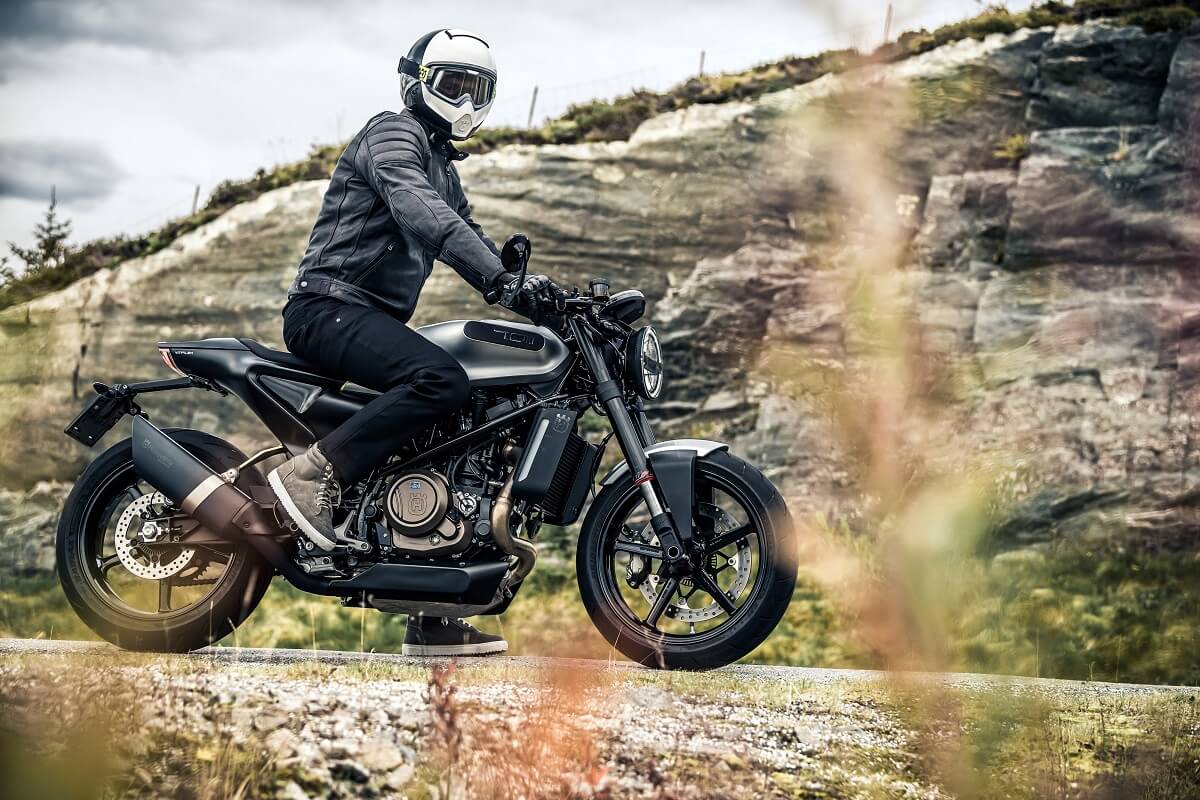
The Husqvarna Vitpilen 701 motorcycle. The design is meant to appeal to a younger audience, reawakening the tribal motorcycle culture that diminished as bikes became more complex and costly. Photo: Huqvarna Motorcycles via The New York Times.
Royal Enfield, whose archaic 500cc singles have traded on little more than nostalgia for the venerable Bullet model — and the considerable appeal of low prices — is overhauling its approach with a modernization of the design and production that includes doubling the number of cylinders. The coming Continental GT 650 and Interceptor 650 still mine the profile of British classics, retaining throwback components like a twin-shock rear suspension and wire-spoke wheels, yet updating the internal parts.
Royal Enfield’s ambitious effort to crack the U.S. market has some distinctly promising factors. The simplicity of the bikes is appealing to new riders, and the pricing undercuts competitors. The company also gets a boost from the introduction of the Himalayan, a $4,499 model. Its 411cc single is far smoother than the engine of the Bullet, though that model drew the admiration of style-conscious onlookers over the course of a weeklong vacation tour I did in Italy. Likewise, the crude gear shifting of earlier Royal Enfields has been dispatched, though the brakes leave room for improvement.
Even so, the Himalayan could hit a sweet spot of style and affordability. Not so aggressively desert-focused that it’s awkward to ride around town, and approachable for a new rider, it could be a formula for what could bring growth back to the U.S. motorcycle market.
c.2018 New York Times News Service

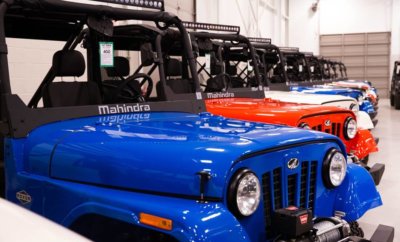
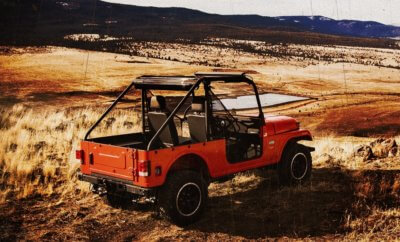
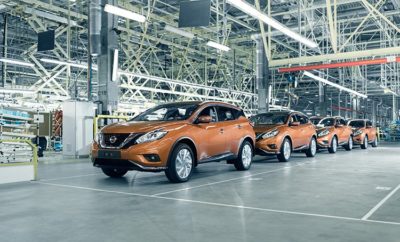
You must be logged in to post a comment Login